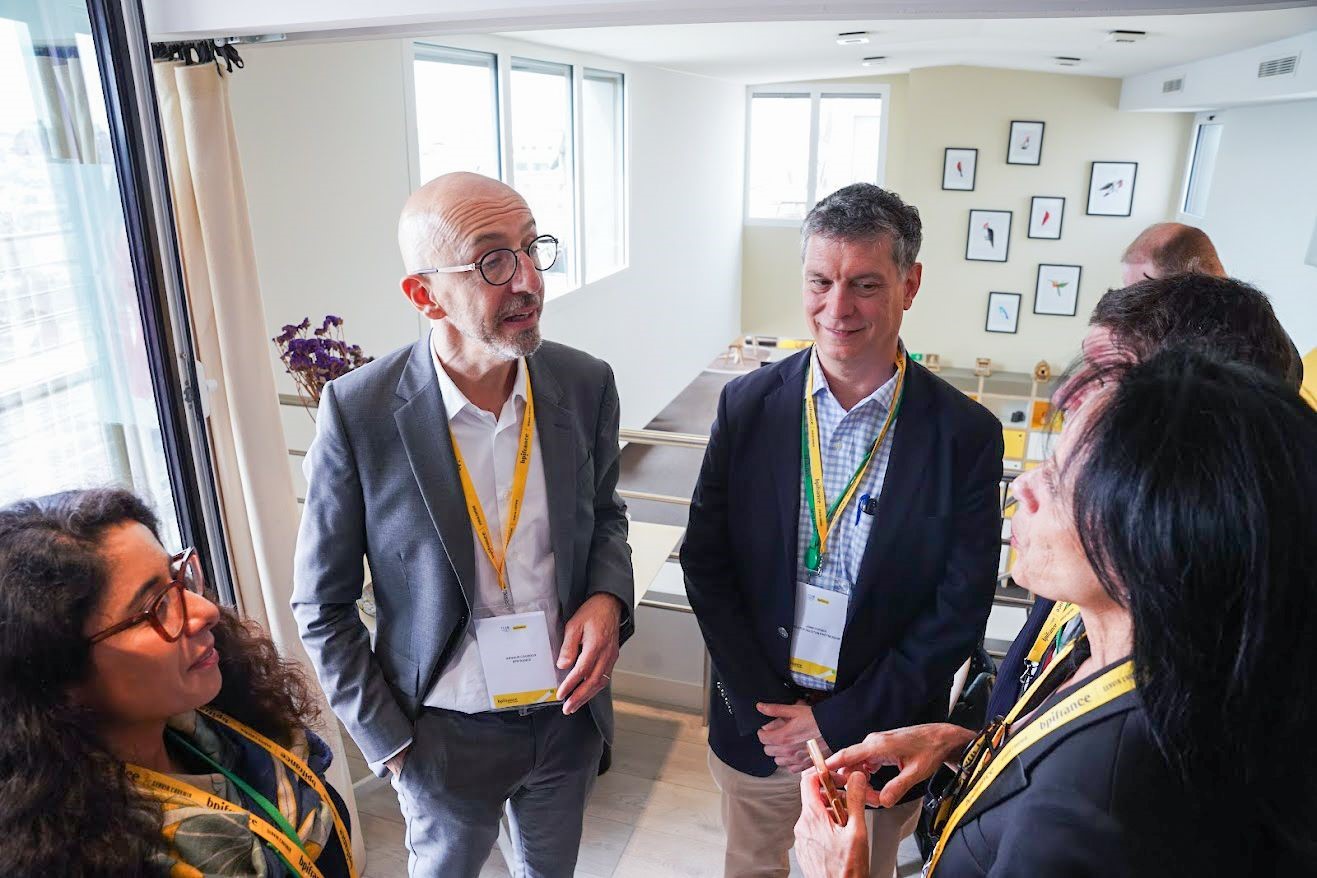Report Outlines Carbon Reduction Strategy for Houston
Published Oct 09, 2020 by A.J. Mistretta
Houston can leverage its existing energy workforce and knowledge base to reduce its own carbon output by millions of tons annually in the decades ahead, serving as a model for global energy transition, according to a new report.
The report titled Houston the Low Carbon Energy Capital, published by the Center for Houston’s Future and the University of Houston, offers a blueprint for local carbon reduction in the coming decades focusing on four key areas:
- Advancing Carbon Capture, Use and Storage (CCUS)
- Building on the Low Carbon Electricity Grid
- Developing Houston as a Hydrogen Hub
- Creating a Circular Plastics Economy
“The world is moving to an energy future that involves reducing the environmental impact of energy use while ensuring modern energy access for a growing global population. This will require reducing the emissions of existing hydrocarbon fuels, developing renewable energy sources and deploying new energy use and energy efficiency technologies,” the report states. “Greater Houston is the global hub for energy, and the city of Houston has set a goal of becoming carbon-neutral by 2050.”
The Houston region’s annual carbon emissions are estimated at around 50 million metric tons, according to the report.
Among the key findings in each of the four focus areas:
- Carbon management technologies alone could remove more than 12 million tons of carbon per year by 2030, focused on industrial sites across the local region. CCUS also will be a crucial enabler of other emissions reduction strategies, including hydrogen, petrochemicals and renewables integration.
- Houston, already anchoring the world’s premier hydrogen system in terms of production and pipeline and storage infrastructure, has the potential to globalize its leadership by exporting clean hydrogen to meet growing demand stimulated by decarbonization initiatives globally.
- Texas can reduce the carbon intensity of its electricity grid by 78% by 2050, even without energy storage, with 55% wind, 19% solar and 6% nuclear generation. With the addition of lithium ion battery storage and compressed air energy storage, the grid could be become nearly 90% carbon-free.
- Chemical and heat-based methods of breaking down plastics for recycling could provide an alternate route to produce feedstock for chemical and petrochemical facilities across the Houston region. The approach, dubbed the Circular Plastics Economy, could remove 10 million metric tons of CO2 by 2030, while supporting 100 advanced recycling facilities in the coming decade, each capable of processing 25,000 tons per year and supporting a total of 15,000 jobs and $500 million in payroll. By 2050, those impacts could grow by at least a factor of three.
The report is the first to quantify the scope, size and challenge required to decarbonize Houston’s industrial and power sector. It also outlines what new industries might emerge and infrastructure and jobs developed from those efforts.
Read the full report and learn more about the Houston energy industry and energy transition.
 The Houston Report
The Houston Report


















